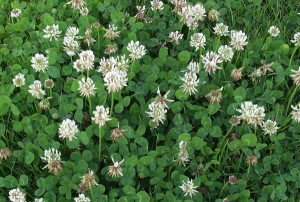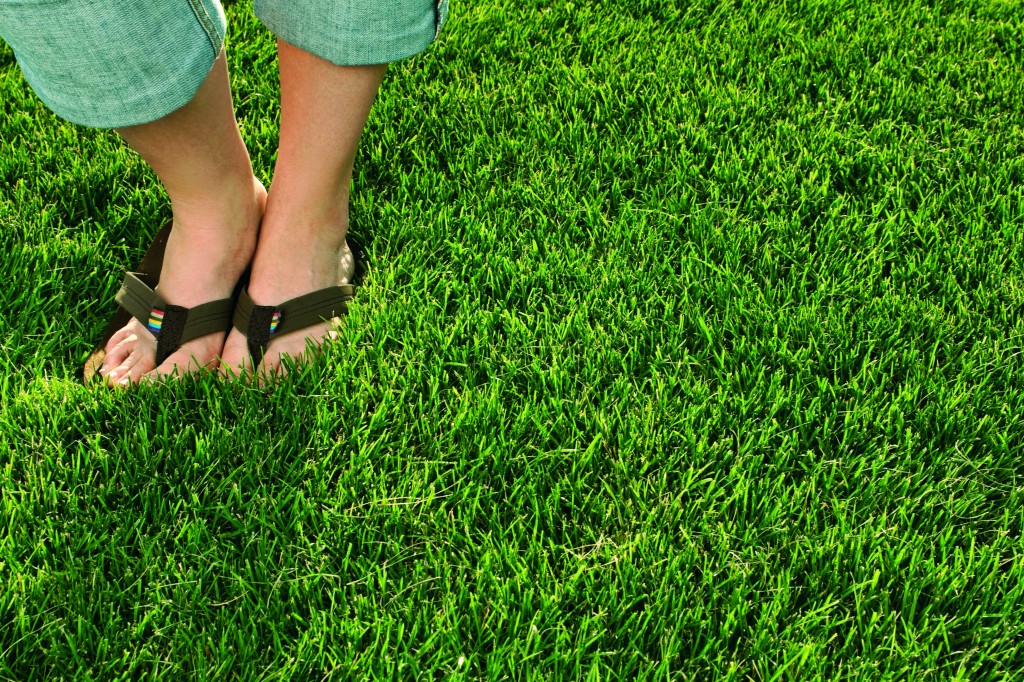 A weed is, by definition, “a plant that is growing in a location you don’t want it to”. Or as Doug Larson so eloquently put it, “A weed is a plant that has mastered every survival skill except for learning how to grow in rows.” Many property owners have come to despise the weeds growing in their lawn. They typically hire professional lawn care companies, or even take a stab at lawn care themselves. Weeds are all different, some easy to control and others pose more of a challenge. Weeds need very little encouragement to grow and stay alive, and in very little time they start to take over lawns, choking out the desired turfgrasses.
A weed is, by definition, “a plant that is growing in a location you don’t want it to”. Or as Doug Larson so eloquently put it, “A weed is a plant that has mastered every survival skill except for learning how to grow in rows.” Many property owners have come to despise the weeds growing in their lawn. They typically hire professional lawn care companies, or even take a stab at lawn care themselves. Weeds are all different, some easy to control and others pose more of a challenge. Weeds need very little encouragement to grow and stay alive, and in very little time they start to take over lawns, choking out the desired turfgrasses.
Weed control should be part of any lawn care program. The worse the condition of the lawn, the greater the need for weed control materials. However, with the proper plan you can reduce your lawn’s need for weed control in the future.
How did they get there?
The first important piece of this solution is to understand how weeds get into your lawn. Weeds grow from seeds, tubers, and root systems of plants that are introduced into your lawn.
The majority of weeds arrive in seed forms, coming in with poor-quality seed mixtures, blown in by the wind, dropped in by birds, and most importantly they’ve been there for many years.
Lawns weren’t always lawns. Most of these areas were fields before they were developed. Seeds from weeds in these areas can remain viable for over 50 years in some instances, and there are A LOT of weed seeds in your soil. Just one weed can generate tens of thousands of weed seeds in a growing season. There is lots of potential for weed growth.
Grow a dense, thick lawn
One key to successful weed control efforts is to reduce the potential for weed germination. A thick lawn will always yield less weeds than a thin one. The thick turfgrass makes it more difficult to have a vacancy for a weed to pop up. Plus, the thick turf will insulate the soil, keeping its temperature lower. Weeds need water and a specific soil temperature to grow as well as a spot to grow in. Seeding your lawn regularly, as well as a good fertilizer program will help your lawn to be thick, reducing weed growth. Mowing at a height of 3″ will also help. The shorter the grass, the warmer the soil will get. Plus, a properly mowed lawn will help to retain moisture for your grass plants. Be careful not to over-trim areas near pavement surfaces either. Scalping these areas will let weeds creep in quickly.
 Get rid of weeds
Get rid of weeds
The longer you let weeds stay in your lawn, the more of them there will be. Don’t pull them out. Use the proper weed control material. The professional lawn care company knows there are hundreds of options for herbicides. They know which type works the best at what time of year, and on which weeds.
These herbicides are typically applied as foliar sprays. They are systemic and are selective in that they generally injure or control broadleaf weeds without injuring your grass. These herbicides are readily absorbed by the foliage and usually translocate relatively well and, in some cases, all the way down into the root system. Weed control materials will work quickest when the plants are actively growing with ample moisture and moderate temperatures. After 3-14 days after application weeds will begin to twist and curl and even change colors. Allow the weeds to completely die-off. They will decompose naturally and there is no need to physically remove them. Just mow them.
Stay proactive
Your weedy lawn may clear up like a bad teenage complexion, but ignore it and neglect it, and it will be back. Be sure to treat your lawn to a proactive lawn care program that keeps the good stuff in, and the bad stuff out. This will cost you less money and aggravation in the long-run.
If you need help with weeds in your lawn, please contact us.


